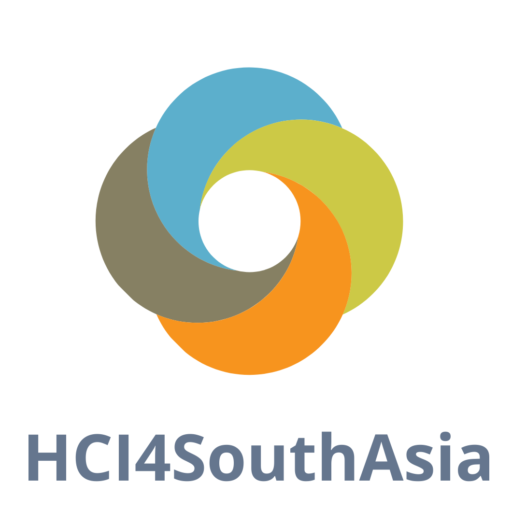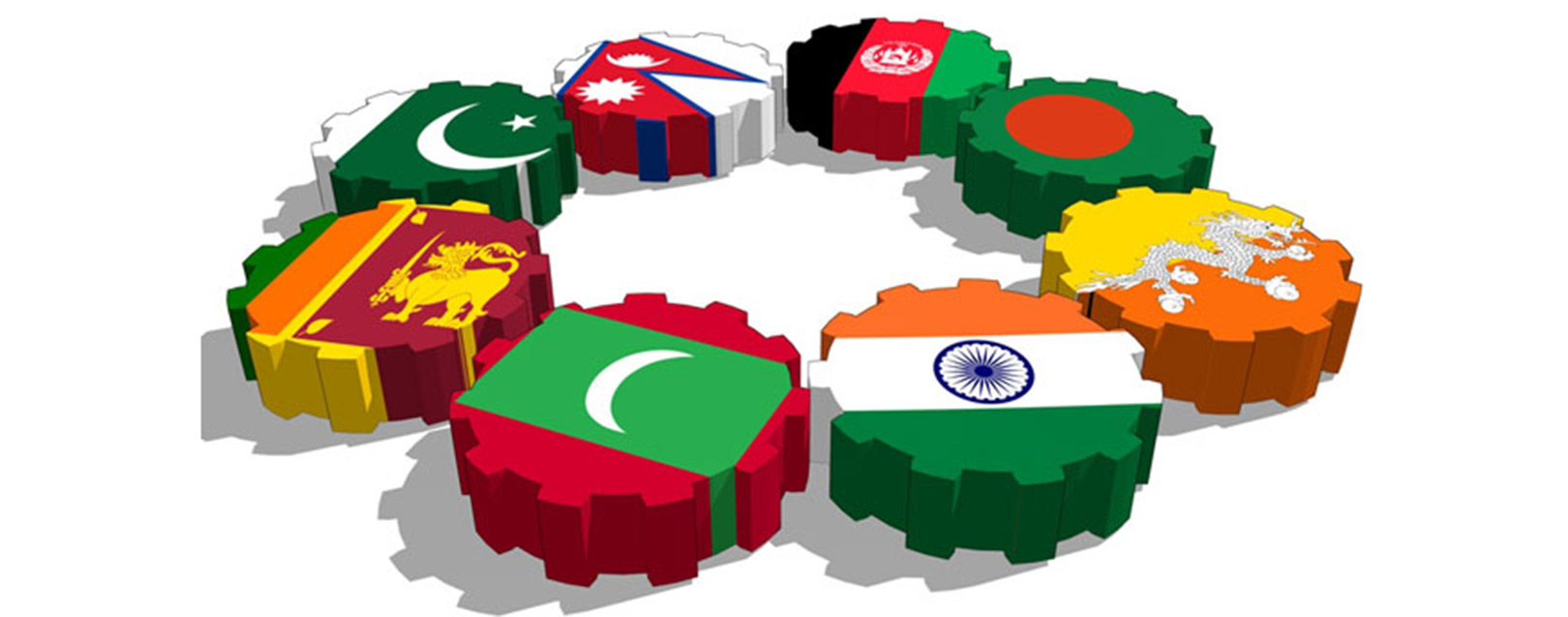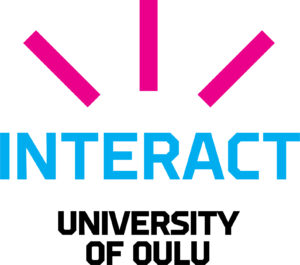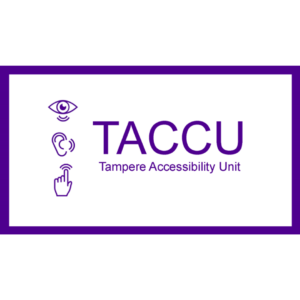ABOUT US
Why HCI4SouthAsia?
HCI4SouthAsia is an initiative to bring together people from academia, industry, and government, in HCI and Design, with a research focus on Afghanistan, Bangladesh, Bhutan, India, the Maldives, Nepal, Pakistan, and Sri Lanka (South Asian Countries). We invite individuals across the globe who are researching, and/or plan to explore the South Asian context, on HCI topics, including and beyond development.
As of now, the intent of bringing these stakeholders is two-fold:
- to create a community where healthy discussions and exchange of knowledge happens without boundaries
- to build HCI and Design education curriculum in South Asian countries
To identify more possible missions and visions for this community, we are conducting a workshop at ACM CHI 2021 titled From the Margins to the Centre: Defining New Mission and Vision for HCI Researchers in South Asia.














